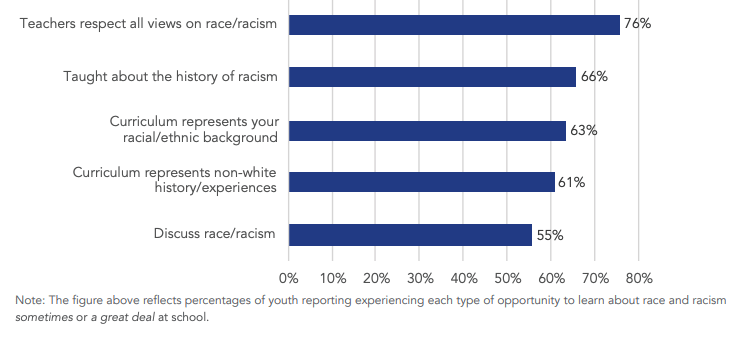Richard Trumka hopes to take advantage of the growing frustration with Wall Street and concerns about income inequality to reverse organized labor’s long decline.

By Alana Semuels, Los Angeles Times
Reporting from Columbus, Ohio— The future of the labor movement may very well rest in the hands of a man who was sitting over a paper plate piled with spaghetti, amusing his audience by twirling a napkin in his ear, then hamming it up with a wink and a goofy grin that would make any teenager cringe.
He’d been working for 12 hours already, but AFL-CIO President Richard Trumka had every reason to be giddy. Ohioans had just voted down a law that restricted collective bargaining for public workers, and the American labor movement was savoring a rare victory.
“When our members are motivated, when they’re united, no one can turn them around,” Trumka shouted later that night to the raucous crowd that gathered outside the firefighters union hall where Trumka had wolfed down his spaghetti.
Union membership has been shrinking, down from 20% of the U.S. workforce in 1983 to less than 12% today. Union leaders are trying to hang on to one of their last remaining strongholds: government. Strapped for cash, many states are looking to cut costs by ending collective bargaining agreements.
To counter this — and a 2011 Pew poll that showed just 45% of Americans viewed unions favorably — Trumka is going on the offensive, trying to harness frustration with Wall Street and concerns about income inequality to build broader support for labor.
If he succeeds, he will help pro-union Democrats in the Nov. 6 elections and, perhaps, begin to reverse organized labor’s long decline as a political force.
More>>


